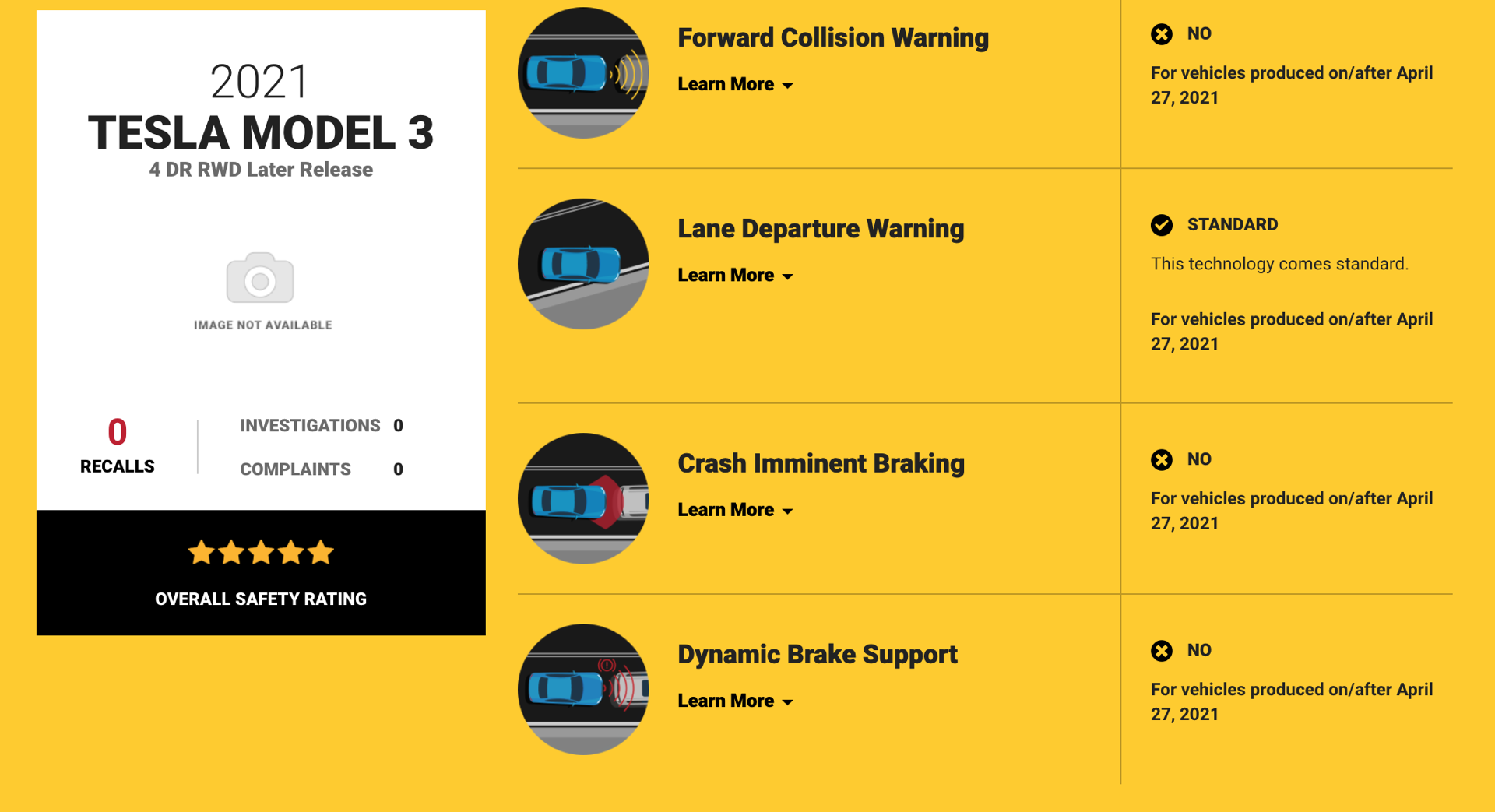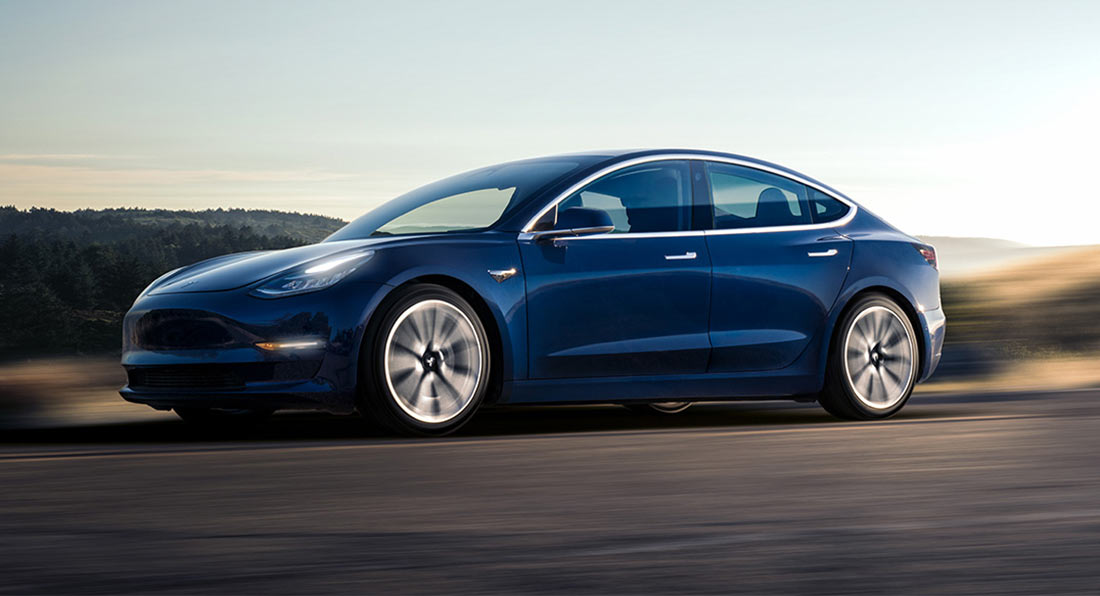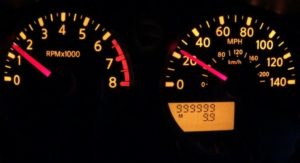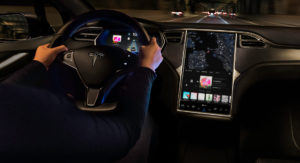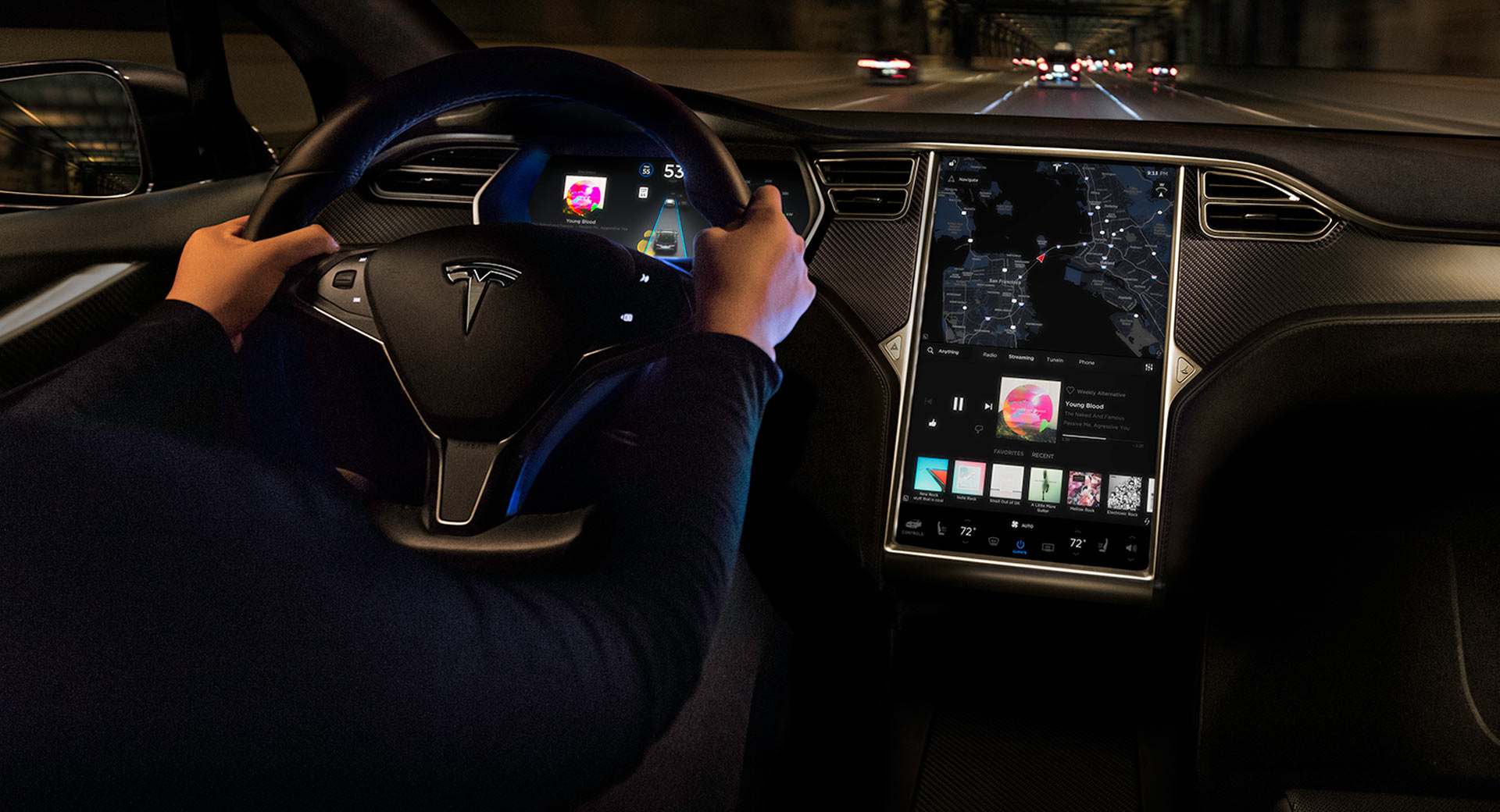An investigation has been opened by the U.S. National Highway Traffic Safety Administration (NHTSA) into reports of potential media-control unit failures fitted in approximately 63,000 Tesla Model S vehicles.
The NHTSA has received 11 complaints alleging failures of the media control unit on 2013-2015 Model S vehicles. The media control unit uses a Nvidia Tegra 3 processor with an integrated 8GB eMMC NAND flash memory device, a device that has a finite lifespan based on the number of program/erase cycles. Tesla’s media control unit fails to operate once the eMMC NAND flash device is worn out.
Read Also: Hacker Finds Old Tesla Infotainment Systems Hit eBay With Private User Data
Failures of the flash device are likely to occur after periods of progressively degraded performance such as longer power-up times, more frequent touchscreen rests, intermittent loss of cellular connectivity, and loss of navigation. If the media control unit does fail, it results in a loss of audible and visual features provided by the touchscreen, including infotainment systems, navigation, and web browsing. It also means the image provided by the reversing camera is not shown. MCU failure can also cause the climate control to default to Auto mode while also limiting battery charging current and maximum state of charge when recharging.
One complaint made with the NHTSA alleges that when the media control unit failed, the owner was unable to clear fogged windows as he could not change the climate controls. Another complaint says that a failure meant the safety monitors associated with the Tesla Autopilot system were disabled.
A total of 159,000 2012-2018 Model S and 2016-2018 Model X vehicles use this media control unit, but no such investigation has been opened into the Model X.


